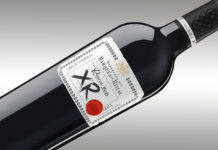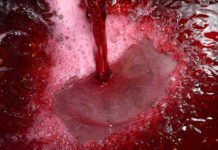The characteristics of Diam closures ensure their effective performance in reducing sulphite levels in wine.
Among the many advantages of Diam closures (absence of cork taste* and organoleptic deviations*, controlled permeability, homogeneity. . .), the decrease in the levels of SO2 used in the wine has also been confirmed.
Avoiding oxidation, the development of moulds, yeasts and bacteria, SO2 has a microbiological function. However, oenological trends lean towards the reduction of this additive, sometimes considered as responsible for the headaches and heartburn caused by wine.
Several studies conducted by AWRI, ISVV and more recently IFV have demonstrated that Diam cork closures better preserve the SO2 present in the bottle than other traditional closures. These studies consequently allow the consideration of vinification incorporating the use of a lower level of SO2 (from 10 to 15 mg/l) for a similar level of protection.
The homogeneity of Diam products, a result of their manufacturing process, provides the security of having the same SO2 content from one bottle to another. It is therefore pointless, as a preventive measure, to overdose the latter to ensure the preservation of each bottle.
Adapted for wines for laying down, Diam closures present, among other features, lower intensity oxidative effects. In the case of very low-sulphite wines, it is found that they limit the oxidative evolution and preserve the overall sensorial quality.
A French company located in the Pyrenees Orientales, Diam Bouchage produces and markets more than 1.3 billion closures a year. Diam has built its success on its revolutionary Diamant® process which makes it possible to extract TCA molecules* responsible for cork taint as well as other molecules that can affect the taste of the wine. Its technological closures designed as an oenological tool for winemakers, guarantees sensorial neutrality and respect for the aromas, year after year, bottle by bottle.
*Releasable TCA (≤ the limit of quantification of 0.3 ng/l)












